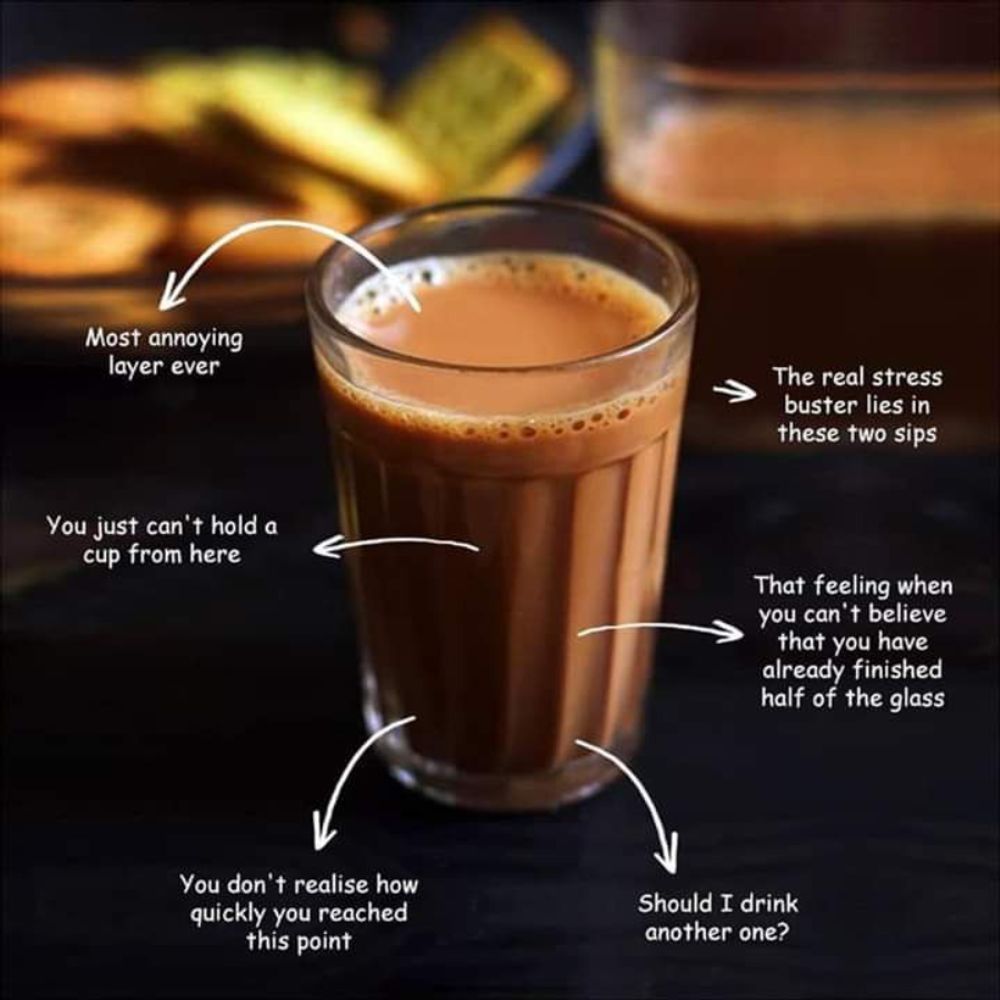

known all over the world for its medicinal properties, the everyday beverage Tea has its own special day.
International tea day is celebrated worldwide on May 21. According to the UN, tea has serval medicinal values and health benefits for its consumers. A cup of tea has antioxidants, less caffeine than coffee, and helps with weight loss.
It has everything to win in a debate against any other beverage, no offense.
Generally, tea contains three primary components of brewed tea

Measuring of tea quality
There are dozens of different classifications of the quality of tea, most with their own modifier and addenda. These are usually boasted on the package of most gourmet companies.
However, To most consumers, This is almost completely nonsensical.
So in this, we will discuss how these grades are determined, what they mean, and how to apply them to your life as a Tea-lover.
The problems with tea grading run wide and deep.
First of all, the grades of tea are not standardized worldwide and vary according to the country of origin.
this is an important realization, that grades do not necessarily indicate good flavor or quality. It is usually only a measure of how good the leaf looks. When grading most orthodox tea, the starting point is pekoe(P), a relatively whole leaf tea. Keep in mind this whole system was designed for black teas, So the whole leaf doesn't mean literally perfect, an unbroken leaf from the bush, as black tea is rolled ones oxidized. But pekoe is a pretty big leaf nonetheless. The next smaller size would be around a BOP(Broken orange pekoe) and go down from there like GBOP(golden broken orange pekoe), FBOP(flowery broken orange pekoe)
The idea is that more descriptors indicate better quality or a more fancy tea. like special finest tippy golden flowery orange pekoe 1.
NOTE-: This is also where we get the famous term seen on tea packaging everywhere orange pekoe.
orange pekoe actually has nothing to do with oranges or orange flavor. This is a very common misunderstanding.
It is merely a classification of leaf size.
The above grading system is usually applied in Srilanka and India.
In China, grading is also specific to leaf appearance but system is quite different. Chinease tea are usually numbered, 1st being the highest grade and so on.
While, Taiwan is the only major tea producer to actually grade its tea on flavor as well as looks. It breakdown their tea in 20% aroma, 20% dry leaf appearance, and 60% flavoris also used in formal grading.
their grading terminology are-:extra choicest, choicest, choice, finest, fine, and go on
The moral of the story? Taste taste taste! that is the only way you can determine what good quality tea means to you.












